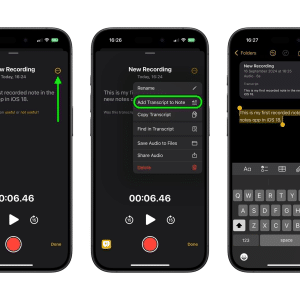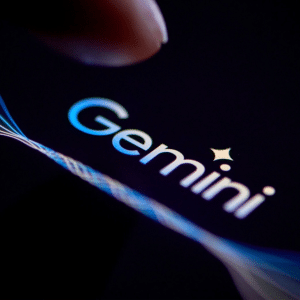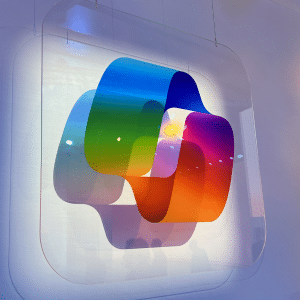Apple has introduced an extra step when subscribing to services via apps on iOS.
The company has made the long-requested move of adding an additional friction point when signing up for a subscription service in apps on iOS, giving users a final warning before they sign up for a rolling plan.
Previously, users complained that it was too easy to subscribe to a service via iOS and that it wasn’t always clear what they were signing up for or how long their subscription or service would last. The latest move gives users a final ‘friction point’ when signing up, encouraging them to think twice before they pay for memberships.
Whoa! Apple added an additional confirmation step for subscriptions. This new alert comes after you confirm with Touch ID/Face ID. I hope they address this in a more elegant way in iOS 13, but I’m thrilled Apple took a definitive step to curb scam subscriptions. 👏🏻 @pschiller pic.twitter.com/oktaEVdx0o
— David Barnard (@drbarnard) April 11, 2019
First noted by developer David Barnard on Twitter, the new confirmation step comes after you confirm the purchase via Touch ID or Face ID, and warns users that their subscription will be ongoing unless they cancel before the subscription period ends.
Users then have to confirm that they’ve read the notice before they can subscribe to a service via iOS, a great move in the right direction, making the sign-up process transparent.
According to David, the change will prevent $10 million in accidental subscriptions per year.
5/ This change is likely to prevent $10M+/mo in accidental subscriptions. It’s times like these I worked for Apple and could track the impact. (Offer still stands to collaborate with anyone at @appannie to study this and other dark corners of the App Store)
— David Barnard (@drbarnard) April 11, 2019
Questionable tactics
Some developers have exploited the ease of subscriptions on iOS, with some using questionable tactics to trick users into signing up for a subscription as part of their app.
As subscription terms and conditions and the costs of a package are often unclear in iOS, many users have accidentally subscribed to services, only to realize when they look at their bank statement and notice a hefty chunk being taken as part of an App Store transaction.
Apple is often generous when it comes to refunds for iOS apps and subscriptions, although this new step will likely give the company more legal power and may be the first step in a new no-refund strategy as it looks to increase revenue from subscriptions and software at the same time as iPhone and Mac sales begin to fall.
What do you think of the new subscription warning? Is Apple doing enough to stop users from accidentally subscribing to applications and services on their iPhones and iPads? Let us know on Twitter using @AppleMagazine.













